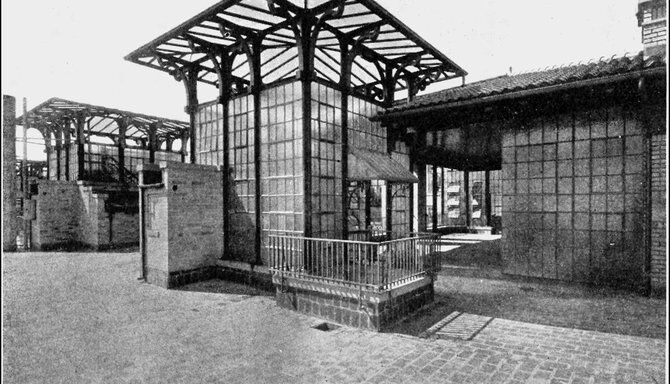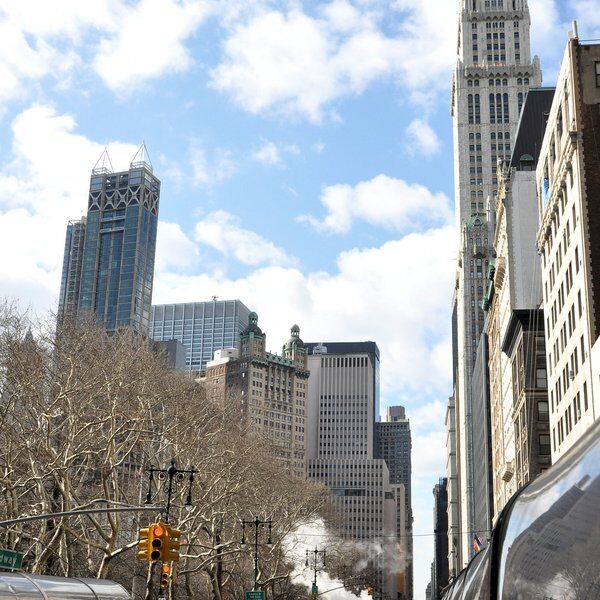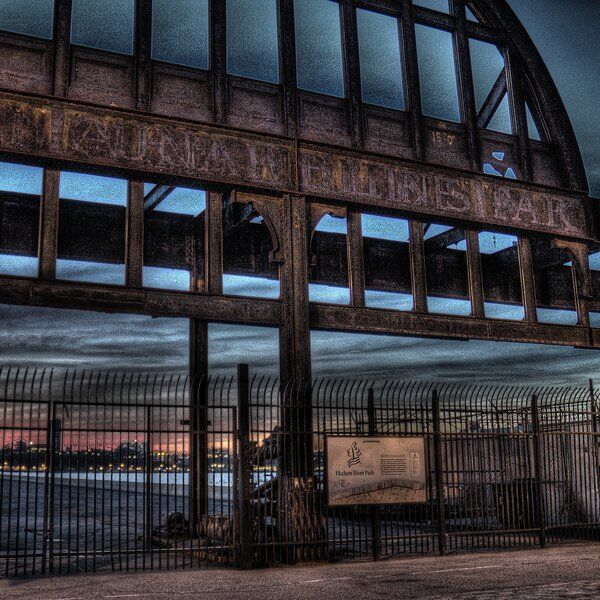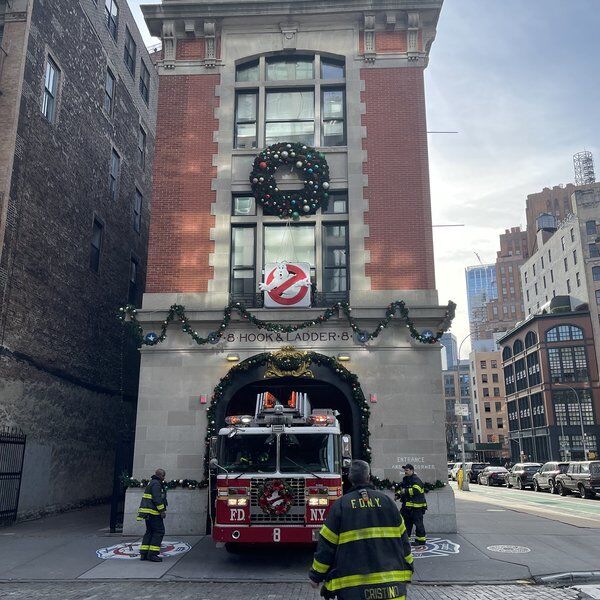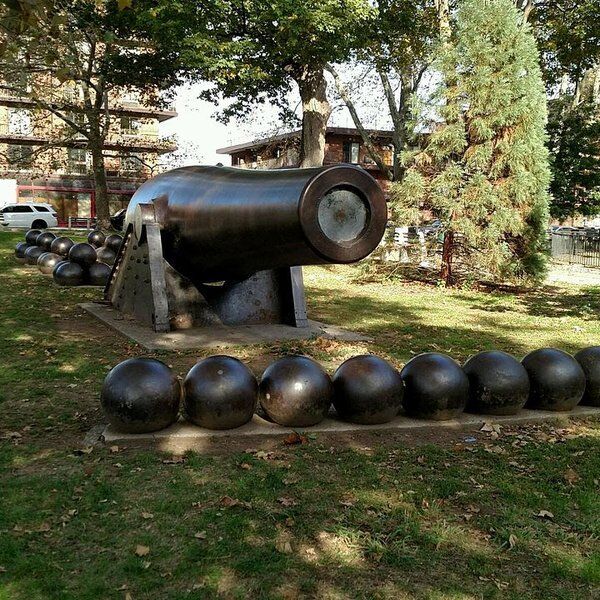The unique design of Cherokee Apartments, NYC, is a reminder of public health initiatives from the past and the city's centuries long fight with tuberculosis.
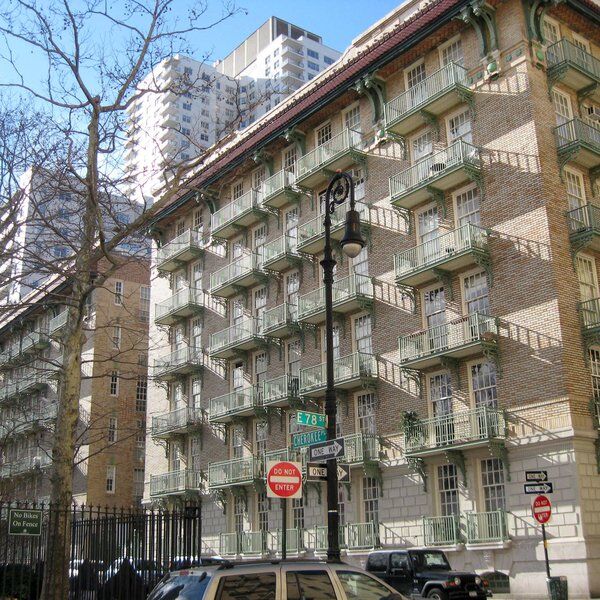
Tuberculosis In The 1800s
In the early 1800s, tuberculosis wasn't well understood. In fact it was yet to be identified as a single illness. The symptoms were well-known across Europe and North America- coughing, spitting blood, fever, fatigue and unexplained weight loss- but they were referred to under the unscientific umbrella term 'consumption', i.e. that which consumed.
Between 1804-8, consumption killed an average of 438 New Yorkers a year. At the time, that was 5.5 people in every thousand.
Thankfully, the decades that followed brought with them a better understanding of the illness. In 1816 the stethoscope was invented and, with it, physicians discovered that the illness primarily effected the lungs. In 1834, the term 'tuberculosis' was coined and in 1869 it was proved to be contagious.
This revelation brought with it new ideas for treatment.
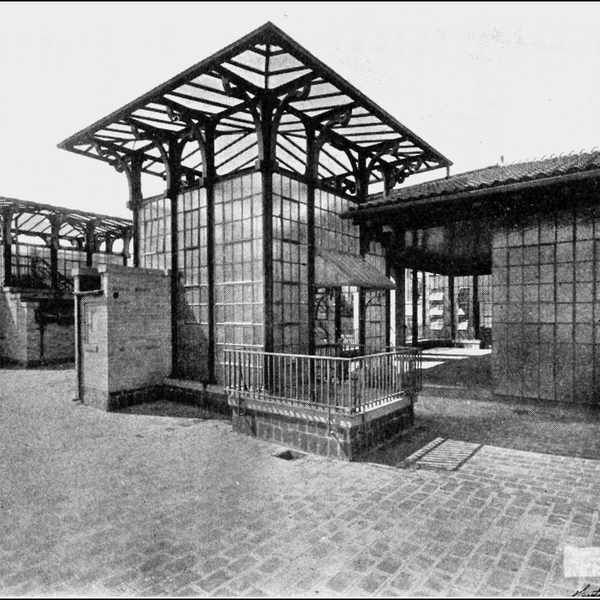
The Sanatorium Movement: Precursors of Cherokee Apartments
In Germany, specialist facilities for the care of those with tuberculosis were set-up: sanatoriums. These had two purposes: (1) to provide patients with the best chance of recovery, and (2) to separate them from the rest of the healthy population, so their germs weren't able to spread.
Their methods were simple: provide patients with as much fresh air, altitude and sunlight as possible, coupled with a clean environment and a simple, healthy diet.
Although it is debateable how much these places actually helped people recover, they were effective in slowing the spread of illness, as a result of their keeping the sick separate from the healthy.
In 1900-4, an average of 2.5 people in every thousand were being killed yearly by tuberculosis in NYC. This was a marked improvement on 100 years before, but, population increases in mind, still amounted to 9396 anuual deaths.
There was more work to be done.
Cherokee Apartments
Cherokee apartments were one of the responses the city offered to the ongoing epidemic.
Dr Henry Shively conceived of the housing project as a way of providing healthy, comfortable housing to infected families. In 1909, after designs were drawn up by Henry Atterbury Smith, construction began on the four interconnected six-storey buildings.
The Odd Layout Of Cherokee Apartments
Although Cherokee Apartments aren't so odd as to immediately raise eyebrows, when inspected closely their connection to sanatoriums isclear.
The buildings' windows are three-tiered and stretch from floor to ceiling so as to both let in as much sunlight as possible and provide easy access to the balcony. These in turn are sheltered beneath an overhanging roof, the idea being that tuberculosis sufferers could sleep on them and, in doing so, get plenty of fresh air.
The concrete floors are curved so as to eliminate the chance of dust getting trapped in the rooms' corners. The staircases are open to the elements (more fresh air) and have chairs on each landing to give the patients living on the top floors places to rest during their ascent.
The rooftops and courtyards, too, were designed with tuberculosis patients in mind. They were pleasant spaces where sufferers could spend time outdoors without having to venture out into the larger, healthier city. These, however, have since been altered.
Cherokee Apartments: A Failure
Unfortunately, Shively's original aim for Cherokee Apartments was never achieved. Although the rooms were used as home hospitals to begin with, they were by and large occupied by the wealthy.
As it turns out, the apartments were designed too well not to fetch a large price.
A Decline In Tuberculosis
Along with the devlopment of places like Cherokee Apartments, the 20th Century saw a rise in donations to the US National Tuberculosis Association, largely through Christmas Seals, and a movement to prohibit public spitting.
Worldwide, the development of vaccines (such as the BCG vaccine) was very significant in the fight against tuberculosis. In New York, and the US as a whole, however, they played a limited role.
Here, the illness was primarily combatted through public health and containment measures, such as those described above.
This is not to say that drugs were irrelevant in NYC's attempts to eradicate the illness. Despite a general decline in cases across the last century, there have been spikes, most notably in the 80s, during the AIDs epidemic. During such periods, medicinal treatment has proven vital.
Cherokee Apartments Today
There are still Tuberculosis related deaths in NYC today, but it is not the threat it once was. Nonetheless, Cherokee Apartments are a reminder of a time when the illness posed a major problem for the city and the world as a whole.
The complex has been named a historic landmark, so its unusual features are to be preserved for posterity.
Interested in finding more places like this? Try one of our Scavenger Hunts in NYC - untangle cryptic clues as a team, as you are taken on a journey to the most unique, unusual and bizarre corners of NYC.
